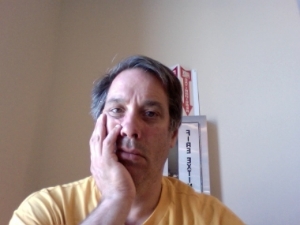Who are we?
Learn science in a fun and easy way through the Arts.
Fundamental practice videos by us for us and to share
+
Fundamental arts integration practice materials created by our school community for our school community and the world
About Singing Scientific-Science Through the Arts
Mission: To Understand and Appreciate Nature
Description of Pieces
Each media piece provides a different perspective on the topic, allowing for a different set of observations, questions, and problems. Together, the materials lead to a deeper relationship with the science. The illustration, a scientific model to observe and question, gives visual clues to the key terms and main steps of the scientific process. The image supports writing, as label turns from bullet point to phrase to sentence to paragraph to essay. Like a sponge, the illustration can zoom in and out, starting small and soaking up detail and detail as the unit progresses. The song accesses a different part of the brain by outlining the process with rhythm and rhyme. The rhyming, repeating hook features definitions of the key terms. Call and response elicits retention, deep memory, and joy. Often students jump up and dance. Students I haven’t seen for many years yell out snippets from science songs: “the atoms break free!” The story follows the process in more detail, as a narrative, up close and personal. As in a fable, non-human entities, alive or not, are imbued with human attributes. Participants discover unexpected emotion and drama in science, building connection and relevance. Poetry allows us to step away, searching for relevance. In this Singing Scientific context, the poet asks so what?, why should i care? The science poetry searches for further connections-personal, social, or political. Basically, the poetry looks for the big picture. After these different creative interpretations of the science, the illustrated text video present the information in a creative, straight forward manner. This is where the rubber hits the road, with background music by the author. The suggestions for use section, like this section, gives ideas of how you might approach this flexible enrichment curriculum.
About Author Steven Faivus

In 1988, I first began using the Arts to teach science at Roosevelt High, a school of six thousand students in East Los Angeles. Students sketched, colored and labeled an illustration of the water cycle from the textbook. The class quieted. Students repeated a rap about the states of matter. “Matter is the stuff that everything has/ it comes in liquid, solid and gas”. I played my saxophone, asking leading questions about the science of sound. I read aloud a story I wrote with moon facts, then challenged students to write their own story using a given list of facts about the moon.The students became creative and engaged. While listening to a song about basic chemistry, a Roosevelt High football jock sighed; “Oh sir, I’m in love...with atoms!” These activities lead the class to discuss and question science. Grades improved. I have been creating science Arts Integration materials ever since. In 1997, applying my Science Arts Integration materials, I began to work as an consultant in schools in Richmond and Oakland. Collaborating with local Arts Providers, we guided teachers and their students to create science arts materials. We presented in-class staff development and teacher training workshops. This consulting work was funded by bilingual education programs and various grants.In 2005 I returned to classroom teaching to further develop science arts materials. In 2006, I was awarded Teacher of the Year for science arts enrichment at Cal State East Bay’s Upward Bound.I currently teach music and arts integration at Allendale Elementary School in Oakland.
